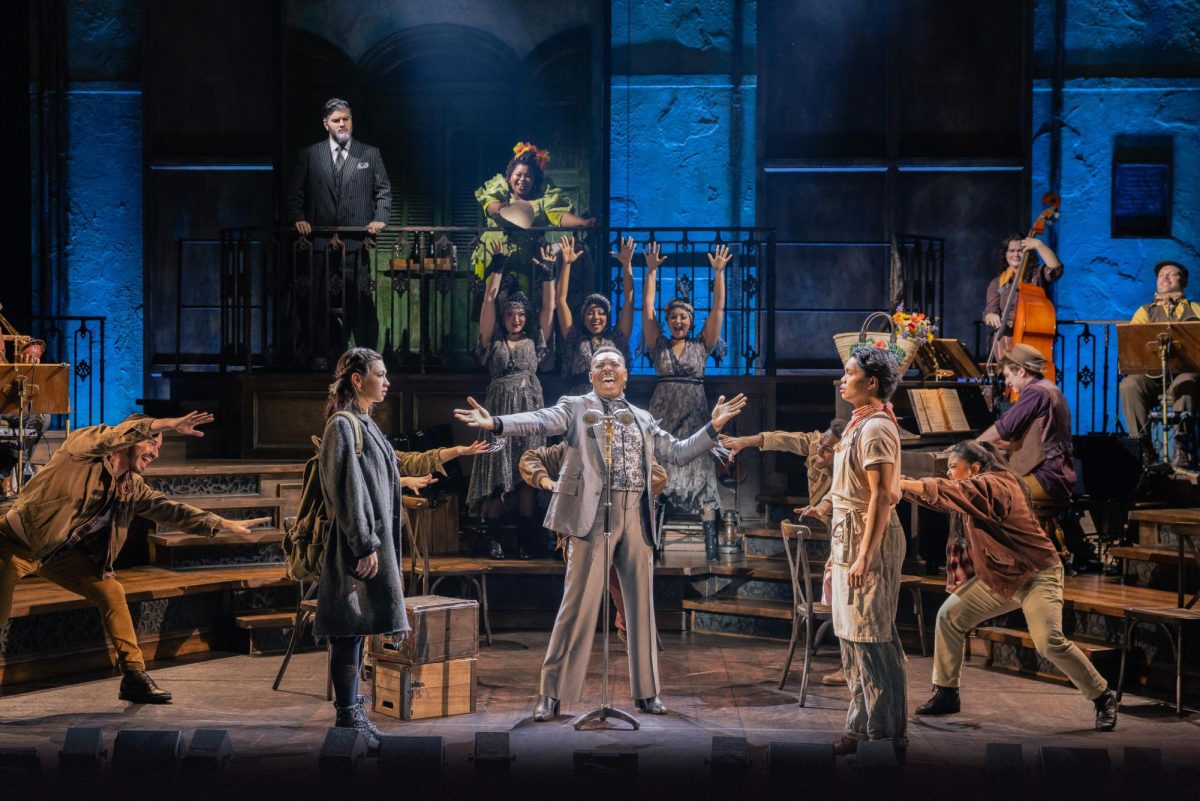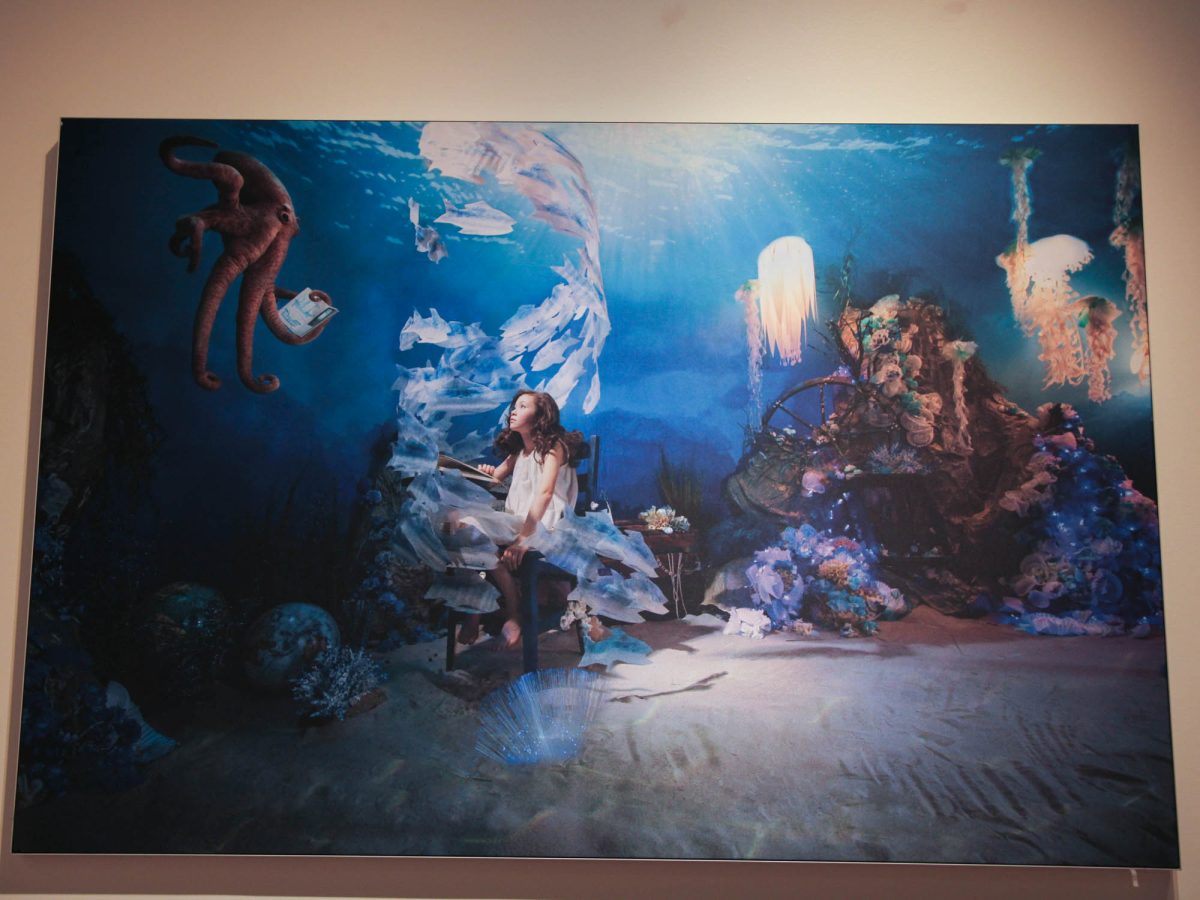Simpson Drill Field’s large green expanse will be splattered with copious amounts of colorful powdered paint on Sunday when A&M hosts the Hindu tradition of Holi – the Festival of Colors.
Rohit Rague, sophomore chemical engineering major, has experienced Holi in India and said the colors used in the festival symbolize the beginning of spring.
“You use the dyes from the plants that you’d find in spring,” Rague said. “Each color comes from a different plant. That’s basically where it comes from. It signifies the harvest, similar to Thanksgiving.”
Rague said an important characteristic of Holi is the elimination of class divisions.
“During Holi, it doesn’t matter if they’re friends or if you just met them that day or something, everyone becomes friends that day,” Rague said.
Though Holi was originally a primarily Hindu celebration, Rague said it has been adopted by people of all religious backgrounds.
“This is one festival that everyone celebrates – Hindu, Muslim, Christian,” Rague said. “The actual festival is not religious at all. You’re throwing colors at each other. They come and celebrate with you. They don’t care – it’s a big party. There is religious meaning to it, but the big thing is that it’s the arrival of spring.”
Neena Johnson, freshman biology major, said it’s normal for religious celebrations like Holi to evolve over time. It’s considered customary to treat Holi as a cultural event either as a substitute or in addition to a religious event, she said.
“I’m actually Christian,” Johnson said. “That’s why it was never really instilled in me and my family. Usually if it’s a part of your religion, you have to go out of your way and practice it.”
Johnson, whose first Holi experience will be at A&M, said all she had to compare the festival to was what she’s seen in films and the stories passed down to her by her family.
“Every Indian movie that I’ve watched, they all celebrate Holi,” Johnson said. “And my dad and my mom grew up practicing Holi and the stories they’ve told me about it are really cool. Since it’s a festival of color, they would all throw color at each other and they would also fill up these pots with color and they’d tie it up on a tree or on a building and people would blindfold certain people and they would kind of hit it and it’d be like a pinata.”
Disha Amin, member of the Hindu Student Association and junior psychology major, said she has been to Holi festivals both at A&M and in India.
“We never had a DJ in India,” Amin said. “There wasn’t really any loud music in India. We got way messier in India. The fun that I had in India is still carried over here. Not much difference, but the way that we celebrate it over here is very much sophisticated.”
Amin said Holi’s meaning to her hasn’t changed with her move to Texas.
“It’s just a big festival of colors and [the paint] just signifies unity and brotherhood,” Amin said. “It’s an opportunity for everyone to forget all their differences and indulge in fun. The color is used to signify that everyone’s the same. Once the color – we sprinkle powder and colored water – is spread all over each other, it breaks all barriers of discrimination and it doesn’t have caste, race or sex involved. So once everyone looks the same, everyone feels the same.”
Holi fest to splash Simpson with color
March 27, 2014
0
Donate to The Battalion
$1765
$5000
Contributed
Our Goal
Your donation will support the student journalists of Texas A&M University - College Station. Your contribution will allow us to purchase equipment and cover our annual website hosting costs, in addition to paying freelance staffers for their work, travel costs for coverage and more!
More to Discover









